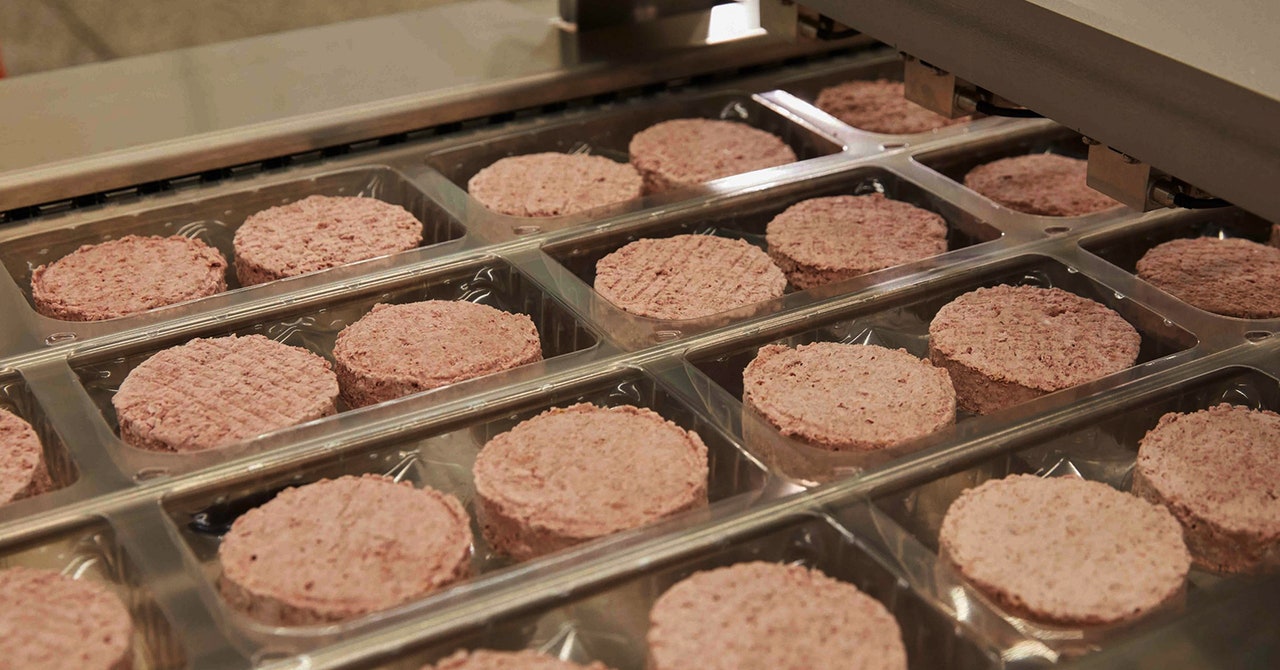Over the past three years, the plant-based meat industry has seen a significant shift in sentiment. Sales boomed in the early months of the pandemic as slaughterhouse closures disrupted conventional meat supply chains and shoppers began trying meatless burgers, sausages and seafood instead. Between 2018 and 2021, total U.S. plant-based food sales increased from $4.8 billion to $7.4 billion, with much of this growth coming from plant-based meat in particular.
But a new report on sales of vegan meat, dairy and seafood suggests enthusiasm for plant-based products may be waning. An annual report from the Good Food Institute, an alternative protein nonprofit, found that dollar sales of plant-based meat and seafood in the U.S. have declined 13 percent over the past two years. As prices for meat alternatives have risen, this masks a much larger decline in unit volumes over the same period – they fell by 26 percent between 2021 and 2023.
A major challenge in the US is the price of plant-based alternatives. In the U.S., plant-based meat is on average 77 percent more expensive than its animal counterpart, and for cheap meats like chicken, that premium jumps to over 150 percent. Another problem has plagued the industry for years: buyers still find plant-based products lackluster compared to animal alternatives. “Many consumers signaled that the products did not yet meet their expectations in terms of taste, texture and affordability,” the report authors write.
Although meat alternatives have generated a lot of excitement, plant-based milk is still by far the biggest seller of plant-based foods. Dairy alternatives such as soy, oats and almond accounted for nearly 15 percent of total dairy sales in the U.S., while the share of plant-based meat and seafood in their market is about 1 percent. Plant-based milk alone accounts for nearly a third of the total plant-based food category in the U.S., as defined by the Good Food Institute.
When all other related sectors are combined, including plant-based butter, ice cream, yogurt, and cheese, U.S. sales of plant-based milk alternatives totaled nearly $5 billion in 2023. Plant-based milk sales increased by $9 billion by 2021-2023, although sales fell 10 percent over the same period. Total sales in the plant-based sector were $8.1 billion, according to the Good Food Institute.
Plant-based meat fans point out that swapping beef burgers for plant-based patties would significantly reduce the carbon footprint of our diet. Animal proteins are a major source of emissions from food, with beef, lamb and dairy products producing the highest emissions per kilogram of product. But with sales of plant-based meat stalling, it’s unclear whether the industry is having the impact on carbon emissions that many hope.
Prominent brands in this space are trying to get out of the quagmire. Earlier this year, Impossible Foods relaunched its range of alternatives with a new, meatier style that consciously aims to bring “meat lovers” into the plant-based space. In February, Beyond Meat launched the fourth generation of its burgers and ground beef, calling them “our meatiest, juiciest products yet.”
Growing concerns about so-called highly processed foods have also affected the plant-based meat industry, as its products typically require a lot of processing to produce. In response, Beyond’s new burgers contain less salt and saturated fat than the previous generation and feature a “simplified ingredient list,” while many other plant-based companies emphasize their “clean label” concept.
Whether this plant-based approach succeeds or not, there is a lot at stake when it comes to the climate impact of our diet. Currently, it appears that the plant-based revolution – at least in the US – is progressing more slowly than many had hoped.
